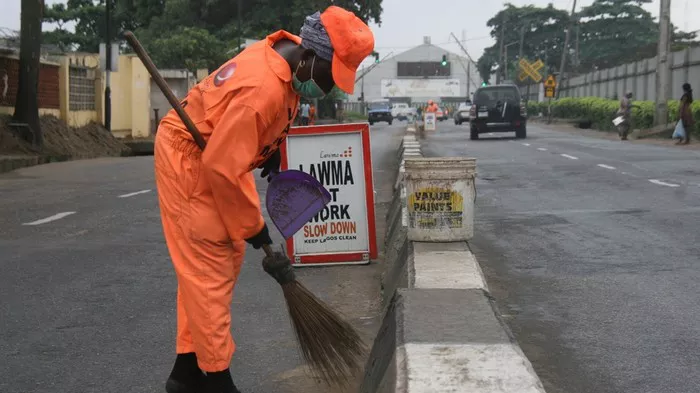Chimney sweeping, though often overlooked in modern times, remains a critical aspect of maintaining a safe and efficient home heating system. In this comprehensive guide, we delve into the intricacies of chimney sweeping, covering its definition, historical significance, importance, process, tools, professional services, maintenance tips for homeowners, safety precautions, and concluding remarks.
Definition and History
Chimney Sweeping Defined
A chimney sweep is a professional specializing in the cleaning of chimneys to eliminate soot, debris, and blockages. This essential service ensures the safe and efficient operation of fireplaces, wood stoves, and other heating appliances.
Historical Significance
The origins of chimney sweeping can be traced back to the 18th and 19th centuries when chimneys were integral to heating and cooking in households. As coal and wood were commonly used for fuel, chimneys accumulated soot and creosote rapidly, necessitating regular cleaning to prevent fires and maintain proper airflow.
Importance of Chimney Sweeping
Regular chimney sweeping is imperative for several reasons:
1. Fire Hazard Prevention: The buildup of soot and creosote in chimneys significantly increases the risk of chimney fires, which can lead to extensive property damage and endanger lives.
2. Efficiency Enhancement: A clean chimney facilitates proper airflow, allowing heating systems to operate at peak efficiency. Conversely, a blocked or dirty chimney can reduce heating efficiency, leading to higher energy bills.
3. Indoor Air Quality: Soot and creosote accumulation can release harmful pollutants into the home, compromising indoor air quality and potentially causing respiratory issues.
Chimney Sweep Process
The chimney sweep process typically involves the following steps:
1. Inspection: A thorough inspection of the chimney is conducted to assess its condition, identify any blockages or damage, and determine the extent of cleaning required.
2. Preparation: Protective measures are taken to safeguard the surrounding area from soot and debris. Drop cloths are placed, and furniture is covered to prevent contamination.
3. Cleaning: Specialized tools such as chimney brushes, rods, and vacuums are used to dislodge and remove soot and creosote from the chimney walls. Stubborn deposits may require additional techniques or cleaning agents.
4. Safety Precautions: Chimney sweeps adhere to strict safety protocols throughout the cleaning process. This includes wearing protective gear such as goggles and respirators, as well as employing safety harnesses when working on elevated chimneys.
5. Final Inspection: Once cleaning is complete, a final inspection ensures that the chimney is free of debris and safe for use. Any identified issues or recommendations for maintenance are communicated to the homeowner.
Tools and Equipment
Chimney sweeps rely on an array of specialized tools and equipment to effectively clean chimneys of varying sizes and configurations. These may include:
1. Chimney Brushes: Available in various sizes and bristle materials, chimney brushes are used to scrub away soot and creosote from the interior walls of chimneys.
2. Rods and Extensions: Flexible rods and extensions enable chimney sweeps to reach deep into the chimney flue, ensuring thorough cleaning.
3. Vacuums: High-powered vacuums equipped with HEPA filters capture loosened debris and prevent it from contaminating the surrounding area.
4. Inspection Cameras: Modern chimney sweeps utilize inspection cameras to visually assess the interior condition of chimneys, identifying hidden issues such as cracks or deterioration.
Professional Chimney Sweep Services
Hiring a professional chimney sweep offers numerous benefits:
1. Expertise: Trained chimney sweeps possess the knowledge and experience to perform thorough cleanings and identify potential issues before they escalate.
2. Equipment: Professional chimney sweeps are equipped with specialized tools and equipment that homeowners may not have access to, ensuring comprehensive cleaning and inspection.
3. Certifications: Reputable chimney sweep companies may hold certifications or memberships in industry organizations, demonstrating their commitment to excellence and adherence to industry standards.
Maintenance Tips for Homeowners
While professional chimney sweeping is essential, homeowners can also take proactive measures to maintain their chimneys:
1. Use Proper Fuel: Only burn seasoned hardwoods or clean-burning fuels in your fireplace or wood stove to minimize creosote buildup.
2. Install a Chimney Cap: A chimney cap prevents debris, animals, and moisture from entering the chimney, reducing the risk of blockages and damage.
3. Schedule Annual Inspections: Regular inspections by a qualified chimney sweep help identify potential issues early and ensure the continued safety and functionality of the chimney.
Safety Precautions
Safety should always be a top priority when dealing with chimneys:
1. Install Carbon Monoxide Detectors: Carbon monoxide is a silent, odorless gas produced by incomplete combustion, posing a serious health risk. Install carbon monoxide detectors near sleeping areas and test them regularly.
2. Use Protective Gear: When handling chimney cleaning products or performing maintenance tasks, wear appropriate protective gear, including gloves, goggles, and respiratory masks.
3. Leave It to the Professionals: Never attempt to clean a chimney yourself unless you have the necessary training and equipment. DIY chimney cleaning can be dangerous and may lead to accidents or injuries.
Conclusion
In conclusion, chimney sweeping is a vital aspect of home maintenance that ensures the safety, efficiency, and longevity of your heating system. By understanding the importance of chimney sweeping, investing in professional services, and implementing proper maintenance practices, homeowners can enjoy peace of mind knowing that their chimneys are clean, safe, and ready to provide warmth for years to come.

